Dropshipping makes it possible for anyone to sell online. You focus on your website and marketing while products ship straight from the supplier to the customer. You won’t need storage space, shipping infrastructure, or in-house fulfillment—and you’ll never have to touch the inventory.
With minimal startup costs and low overhead, it’s a low-risk way to launch an ecommerce business with real profit potential. It all starts with choosing the right dropshipping solution.
The 11 Best Dropshipping Companies in 2025
From picking an ecommerce platform to sourcing reliable suppliers, we reviewed the best dropshipping options on the market.
- Shopify – Best for beginners
- Printful — Best for print-on-demand products
- SaleHoo — Best database to find vetted suppliers
- Spocket — Best for fast US/EU shipping
- Wholesale2B — Versatile supplier hub with marketplace support
- Dropified — Best Shopify app for AliExpress sourcing
- Inventory Source — Time-saving dropshipping automation
- Worldwide Brands — Best budget-friendly lifetime directory
- Modalyst – Best Wix plugin & directory
- Importify – Best dropshipping tool for WooCommerce
- DSers – Best Shopify plugin & directory
Whether you’re launching a new store, expanding your catalog, or testing new markets, the options above cover most dropshipping needs.
Dropshippers rarely reveal their best-selling items or suppliers—competition is fierce and products are easy to copy. Use the picks below to shortcut research and find reliable partners.
Here are our top choices for dropshippers, databases, and tools—and what each does best.
Shopify – Best for Beginners

Shopify is one of the fastest ways to build an online store, and it integrates with hundreds of dropshipping apps. Many services on this list recommend Shopify as the base for a new shop.
It’s a true plug-and-play ecommerce platform that works just as well for dropshipping as it does for traditional inventory-based stores.
Create a free Shopify account to explore hundreds of dropshipping apps. Connect suppliers and warehouses in a few clicks and start selling.

Inventory and logistics are handled by third parties; you focus on marketing and customer experience. Shopify’s built-in marketing tools help you create ads for TikTok, Facebook, and Pinterest, and sell on marketplaces like eBay—while your dashboard tracks performance so you invest where it counts.
Because so many suppliers support Shopify, syncing products, stock levels, and tracking details is usually seamless—no custom integrations required.
Shopify also includes everything you need to operate and scale:
- Built-in payments
- Unlimited products
- Discount codes and gift cards
- Abandoned cart recovery
- Customer segmentation
- Marketplace and social sales channels
- Automated tax calculations
- Multi-currency and translations
If you’re new to dropshipping, Shopify offers step-by-step tutorials and webinars that cover the basics, plus 24/7 live chat and email support.
Pricing is straightforward: Basic starts at $39/month, Shopify at $105/month, and Advanced at $399/month—with savings if you pay annually.
For most beginners, Basic is plenty—and upgrading later is simple.
Sign up today and get three days free—then pay just $1 for your first three months.
Printful — Best for Print-on-Demand Products

Printful is a full-service print-on-demand dropshipper that lets you sell custom-branded merchandise worldwide.
Upload your designs (or start with templates), and Printful handles printing, packing, and shipping under your brand.
Choose from 400+ products—apparel for men, women, and kids, hats, mugs, water bottles, wall art, stationery, bags, blankets, and more.
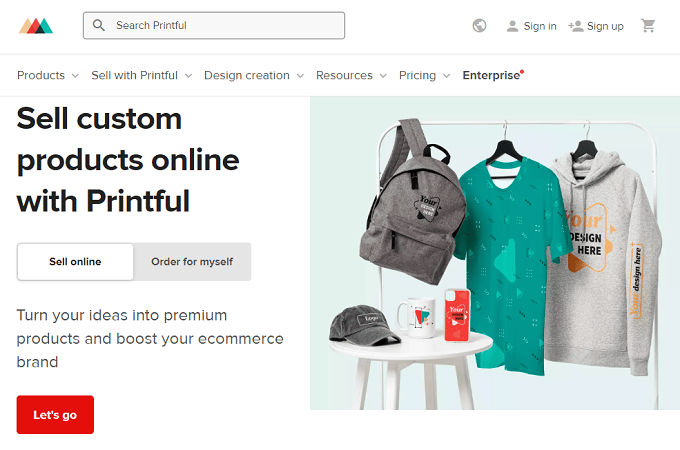
It integrates with all major ecommerce platforms and marketplaces, including:
- Shopify
- BigCommerce
- WooCommerce
- Amazon
- Etsy
- Squarespace
- Wix
- Big Cartel
- Ecwid
- eBay
- PrestaShop
- Weebly
Printful also offers branded packaging options, inside-label printing for apparel, and the ability to include inserts like cards or stickers.
It’s free to sign up—no monthly subscription required. You pay the product and fulfillment costs per order and keep the margin you set.
For extra savings and perks, Printful Growth is $24.99/month (up to 20% off DTG and up to 30% off other items), and sellers doing $60,000+ over 12 months get upgraded to Business with deeper discounts and priority support.
Get started with Printful to sell your custom designs via dropshipping. Growth comes with a 14-day free trial.
SaleHoo — Best Database to Find Suppliers

SaleHoo gives you a massive, vetted supplier directory with 8,000+ wholesalers and dropshippers.
Pricing is simple: $9/month (billed annually) for directory access, or a one-time $299 lifetime option—both backed by a 60-day money-back guarantee.
Everything listed is screened by SaleHoo, so you’re not wasting time on sketchy “too good to be true” offers.

Beyond the directory, SaleHoo’s Market Research Lab helps you find hot products, compare profit potential, and assess competition so you can move quickly on trends.
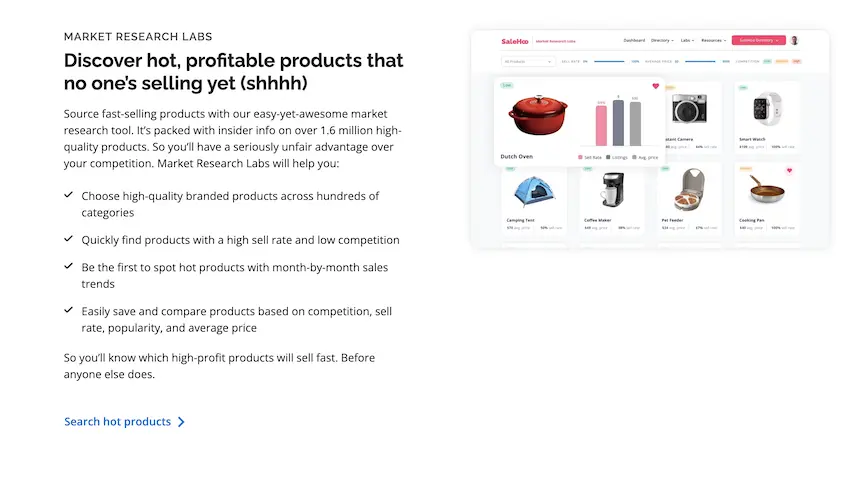
Need automation? SaleHoo Dropship integrates with Shopify for one-click imports from AliExpress, with paid plans starting at $27/month (discounts for annual billing).
Spocket — Best for International Dropshipping
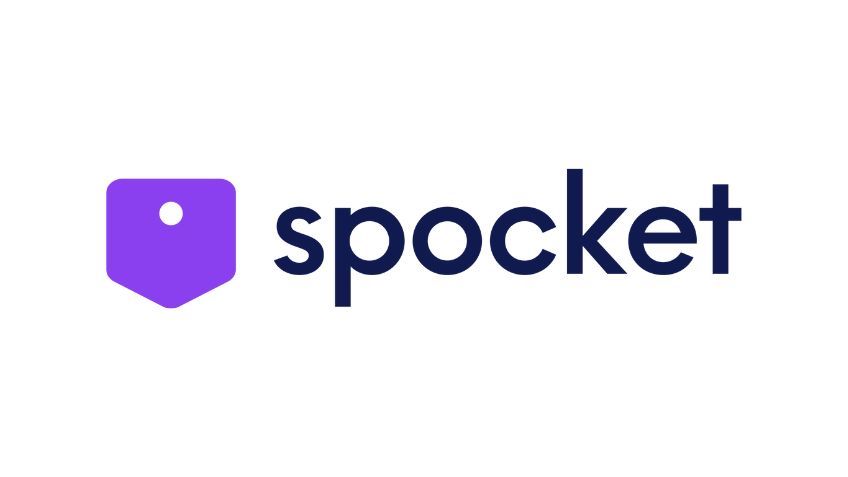
Spocket makes it easy to source products that ship quickly within the US and EU. Filter by country, add items to your store in clicks, and avoid long delivery times.
Sampling products takes just a few clicks, so you can check quality before listing. Spocket also helps you uncover trending items across categories.

Integrations include Shopify, WooCommerce, Wix, BigCommerce, Squarespace, and Ecwid.
Spocket’s free plan lets you browse suppliers. Paid plans start with Starter ($39.99/month for 25 products), Pro ($59.99/month for 250 products plus branded invoicing), and Empire ($99.99/month for 1,000 products). The Unicorn plan supports up to 25,000 products. Annual billing offers significant savings.
Take a 14-day free trial and start selling globally.
Wholesale2B — Versatile Supplier and Dropshipping Hub
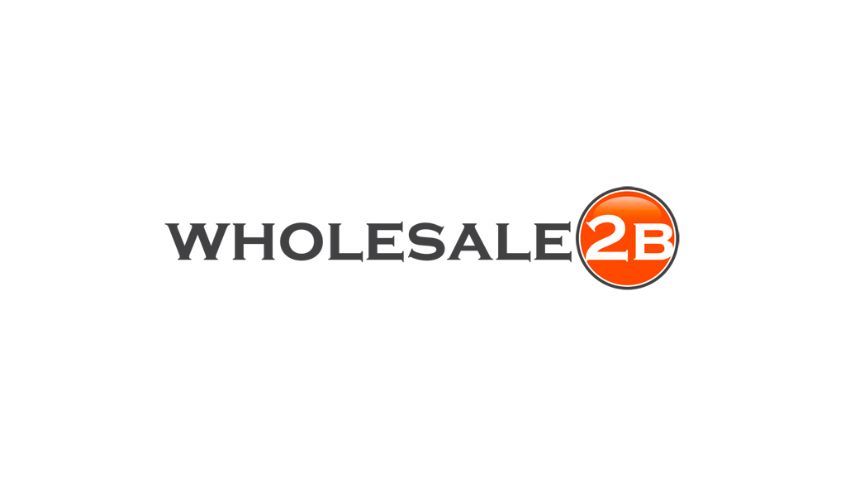
Wholesale2B gives you access to 2M+ products and the tools to process orders efficiently.
Sign up free (no credit card) to browse the catalog. You won’t be charged until you’re ready to sell.

Sell on eBay, Amazon, WooCommerce, Shopify, Magento, Weebly, BigCommerce, or your own Wholesale2B store.
Handle orders yourself by registering with each supplier, or pay Wholesale2B a 3% fee to process them for you.
Wholesale2B starts free for browsing. Paid plans begin at $37.99/month, with options for storefront imports, marketplaces, and even a done-for-you store (we recommend building your own Shopify site for long-term flexibility).
Dropified — Best Shopify App for AliExpress

Dropified is a powerful Shopify app that streamlines sourcing and automates AliExpress orders (including shipping addresses).
It’s a browser plugin rather than a marketplace, so you can pull products from across the web—AliExpress, Alibaba, eBay, and more—fast.
Set pricing rules based on margins, shipping costs, and inventory so your store updates automatically when costs change.

You can also list products on Facebook Marketplace, set up bundles or BOGO deals from different vendors, and map variants.
Pricing: plans now start around $25/month when billed annually (or monthly at a higher rate). There’s a low-cost trial to test the workflow before you commit.
If you run Shopify and want to move fast, Dropified can help you operate efficiently and profitably.
Inventory Source — Time-Saving Dropshipping Automation Tool
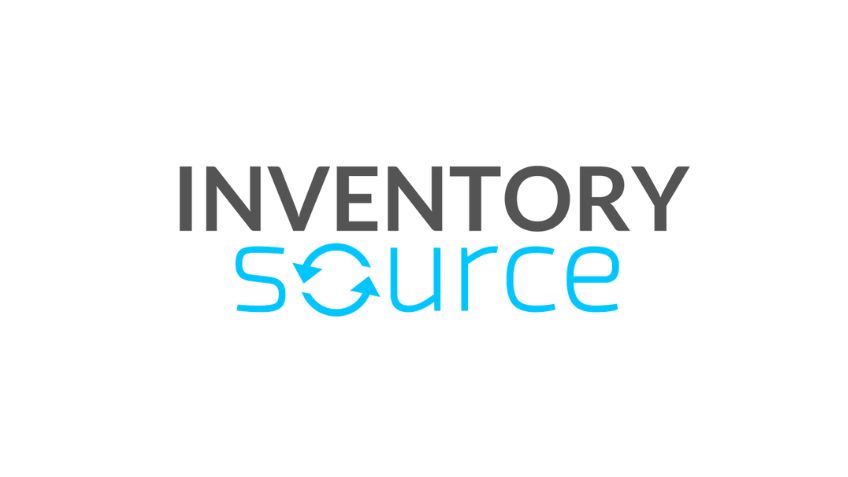
Inventory Source automates the grind. Choose between inventory sync (product data, pricing, stock) or full automation (orders automatically placed with your supplier).
With 230+ prebuilt supplier integrations, Inventory Source’s connections actually work—and the team keeps them reliable.

New items can be published with accurate titles, variants, weights, and quantities straight from the supplier feed—no manual busywork.
Inventory/Order automation plans now start around the low-$200s, with Full Automation tiers beginning at $299/month and scaling for higher order volumes.
It’s free to create a directory account and browse 4,000+ wholesalers and dropshippers across categories like:
- Pet products and supplies
- Bath, body, and fragrance
- Vitamins and supplements
- Furniture and home décor
- Consumer electronics
- Kids and toys
- Fashion and jewelry
- Survival and camping
- Hunting and fishing
Use advanced search and filtering to explore millions of products, including full product data, before you commit.
Worldwide Brands — Best Budget-Friendly Database

Worldwide Brands has 20+ years in wholesale sourcing. Membership unlocks 16+ million certified wholesale products across every major consumer category.
Lifetime access is a one-time $299 with no recurring fees—ideal for sellers on Amazon, eBay, and Etsy who want a one-and-done fee instead of monthly subscriptions.
Look for the WBI Certified seal to find suppliers vetted for quality and reliability—some even supply national chains.

If you want a large, scam-free directory with responsive support and a single lifetime fee, Worldwide Brands stands out.
Modalyst — Best Wix Plugin & Directory
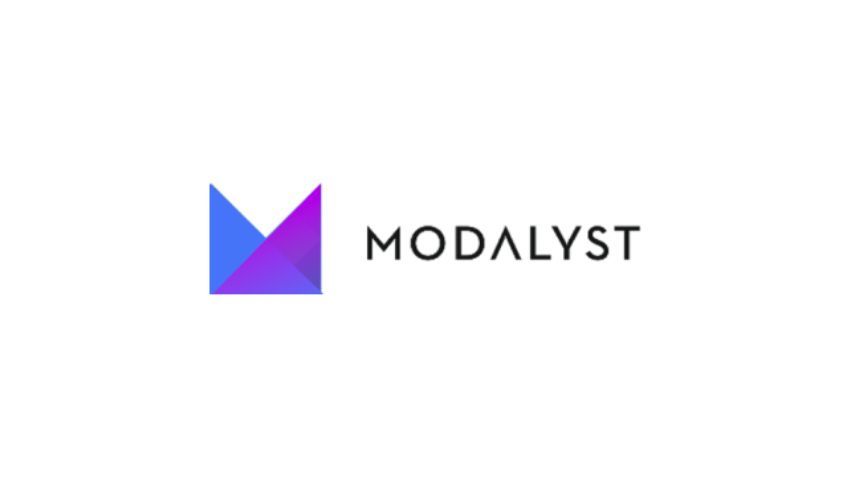
Modalyst centralizes supplier discovery, pricing rules, and inventory sync in one dashboard. Add suppliers for free and publish products in minutes.
Its tight integration with Wix is a highlight (Wix acquired Modalyst in 2021), and it also works with BigCommerce and Shopify.
Connect with suppliers across apparel, jewelry, accessories, and more. Manage everything from a single dashboard—including communication via the Modalyst app.

The Hobby plan is free for up to 25 products. Start Up is $35/month; Pro is $90/month—both with more suppliers and faster shipping options. Annual billing saves up to 25%.
Start selling more with a free Modalyst account.
Importify — Best Dropshipping Tool for WooCommerce
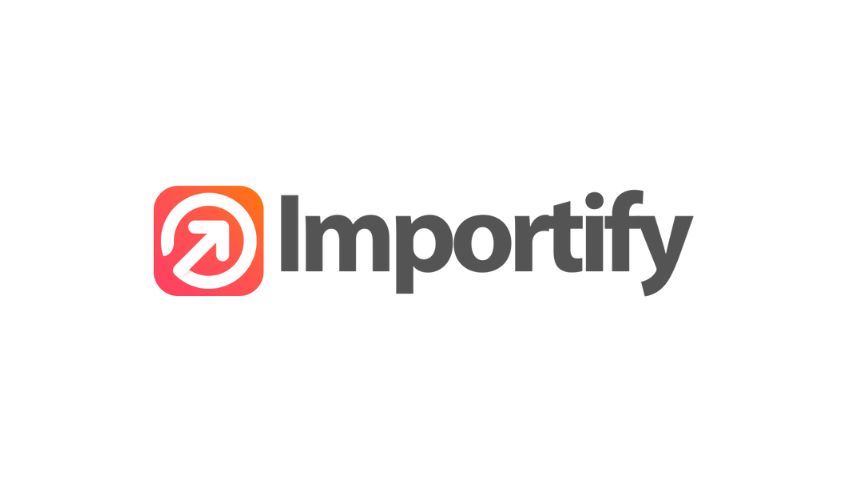
Importify streamlines product research, importing, and automation for WooCommerce, Shopify, Wix, and Jumpseller.
Unlike many tools that focus almost entirely on Shopify, Importify is great for WooCommerce-based WordPress stores.
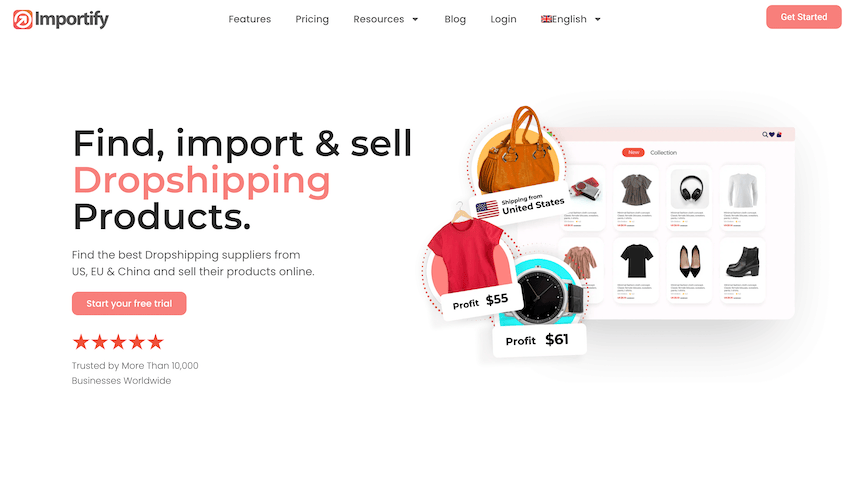
Source products from popular sites like:
- DHGate
- Costco
- Walmart
- Sears
- Kohl’s
- Amazon
- Bonanza
- Etsy
- Flipkart
- Geekbuying
Import products to WooCommerce in one click. If a supplier runs out or you find a better source, swap suppliers without changing product URLs. Set global pricing rules to go from sourcing to selling faster, and use advanced variant mapping.
You also get a browser extension and 24/7 support. The product editor makes copy updates easy and lets you build pricing rules based on your profit margins.
Pricing: Basic ($14.95/month), Premium ($27.95/month, adds Amazon and AliExpress importing), and Gold ($37.95/month) with automated fulfillment (auto-complete customer addresses and select variants). Annual billing discounts apply.
Start a free trial of Importify, and save up to ~20% with annual billing.
DSers — Best Shopify Plugin & Directory
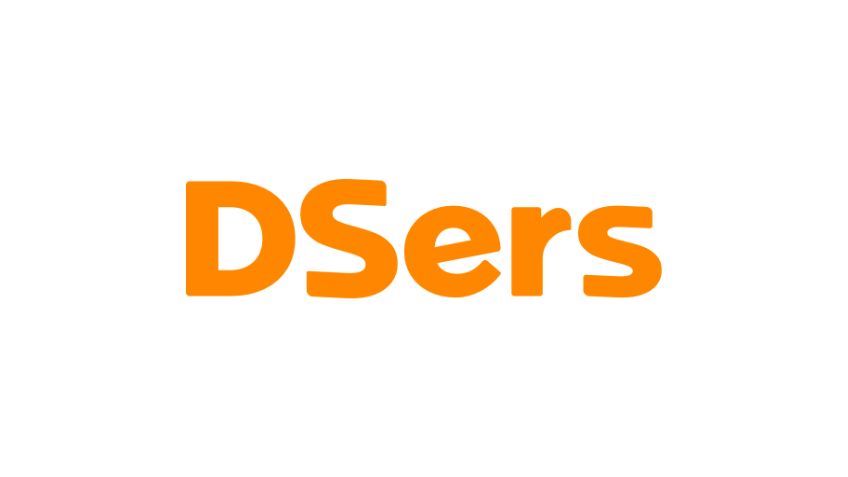
DSers (pronounced “dee-zers”) is a top AliExpress partner and trusted by merchants on Shopify, Wix, and WooCommerce for bulk ordering and reliable fulfillment.
It supports bulk order placement, automated order status updates, supplier optimization, shipping method pre-selection, and automated address correction—even on the free plan.
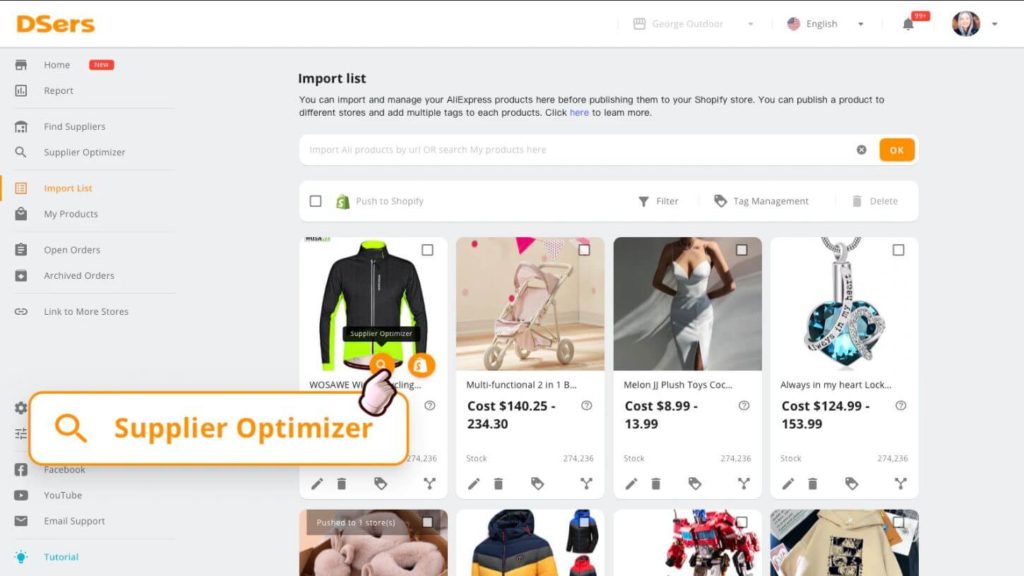
Plans: Basic (free) for up to three stores and 3,000 products; Advanced (from $19.90/month) for up to 10 stores and 20,000 products; Pro (from $49.90/month) for 25 stores and 75,000 products; and Enterprise starting around $499/month. See pricing and features here.
DSers holds a strong rating with thousands of Shopify reviews.
What’s the best dropshipping company for me?
There’s no single “best” dropshipping company—it depends on your products, margins, and fulfillment needs.
The best partners offer fast shipping, responsive communication, and products that match photos and descriptions. Every company on our list meets that bar; your job is to pick the one that consistently delivers your products at a profit-friendly price.
Most new dropshippers start with Shopify or Wix and a sourcing app like Modalyst—the simplest way to get live quickly.
Why Shopify is the best way to start your dropshipping business
Launching a dropshipping site is just like launching any ecommerce store, and Shopify remains the frontrunner for ease of use, app ecosystem, and scalability.
The app store is incredibly robust. Most developers build for Shopify first, so you’ll find best-in-class tools for sourcing, fulfillment, marketing, and analytics.
We don’t recommend dropshipping on eBay.
Marketplaces require less setup than a standalone store, but eBay has become increasingly strict with dropshippers. It’s hard to build a brand, competing sellers can list the same items, and eBay may freeze accounts to request proof of inventory.

Common sticking points on eBay include:
- Account downgrades for slow shipping or poor metrics
- Heavy competition on identical products
- No clear reason for buyers to pick your listing over others
- Inventory proof requests that can freeze sales until resolved
If you still want to try eBay, spend time in seller forums first to understand the risks and policies.
How to Start a Dropshipping Business
Follow these four steps to get started. For platform selection and going live, see our guide on how to create an ecommerce website.
1. Find items to sell
Start with your niche—this is simply product-market fit. Are there people who want the product from you?
You’ll have the most success where demand exists but access is limited. That’s where you add value.
Brainstorm communities with strong identities (dog lovers, anime fans, parents who love matching outfits, sailors, very tall people, 90s nostalgia). These audiences buy around passions.
Research trending products on TikTok, Instagram Reels, and Facebook. Search phrases like “Get yours here” or “Buy now,” then look for high views in short timeframes. If interest looks real, see whether you can source the item via a supplier directory like SaleHoo and create better creative than what’s already out there.
Additional tips:
Don’t sell anything dangerous or copyrighted. Avoid products that go in or on the body unless you fully understand quality and liability. Steer clear of celebrity or franchise IP.
Check seller reviews and order samples. How long has the supplier been active? Does the sample match expectations? What do customers need to know up front to be happy on delivery?
Consider a hybrid model. You can warehouse small, fast-moving items and dropship bulky or niche products (e.g., sofas or boat anchors) to expand catalog breadth without storage costs.
Build direct relationships. Going straight to a manufacturer and setting up a dropship agreement reduces competition versus using the same public directory as everyone else.
2. Nail the basics
Buy a solid domain and set up your website.
We buy domains from Domain.com (see our roundup of the best domain registrars). Shopify can have you live in minutes. Check our review of the best ecommerce platforms if you want to compare options.
Get a professional logo from 99Designs and set up branded email (e.g., help@, support@) via Google Workspace. Generic emails don’t inspire trust.
As you build, prioritize these fundamentals:
Trust signals. Use original photos, unique copy, and a real About page. Display contact info, policies, FAQs, and recognized trust badges. Ask: “Would I buy from this store—and recommend it?”
Set shipping expectations. If items ship from overseas, say so clearly (e.g., 20–30 days). Clear expectations reduce complaints and chargebacks.
Prevent payment hiccups. Batch orders and notify your bank about expected transaction patterns so legitimate orders aren’t flagged.
Plan for returns and cancellations. Decide how refunds work, where returns go (you vs. supplier), and how you’ll communicate issues. Problems happen—prepare now.
Check out our list of the best customer service software to keep support organized.
Budget for taxes. Payment processors and platforms may report sales once you hit thresholds. Set aside funds and consult an accountant. We’ve heard good things about UpCounsel and LegalZoom; set up Quicken for bookkeeping.
3. Differentiate yourself
The global dropshipping market continues to grow rapidly. Recent reports estimate it exceeded $360B in 2024 and could top $1T by the end of the decade—so you’ll need unique listings and creative to stand out.
Drive awareness via social ads, influencers, SEO, email, and word of mouth. Take your own photos, write persuasive copy, and film short videos that show benefits clearly. Import reviews (e.g., from AliExpress) so shoppers aren’t the first buyers.
Test free shipping. Decide whether it applies sitewide or above a threshold—and optimize the threshold for average order value.
Avoid “Free product—just pay shipping.” Shoppers prefer transparent pricing.
4. Iterate, iterate, iterate
Use paid ads to gather data quickly. Double down on creatives, products, and audiences that win; cut what doesn’t.
Analyze sales trends weekly. Identify patterns among top sellers and scale what resonates. Prune underperformers and reinvest.
Frequently Asked Questions
What platform is the best for dropshipping?
Shopify is the best platform for dropshipping. It’s an all-in-one ecommerce platform with everything you need to start selling online, and you can browse a large catalog of dropshipping apps and supplier integrations directly from Shopify.
Is dropshipping profitable?
Dropshipping can be highly profitable if you find the right products to sell online. You’re not manufacturing products or handling inventory, which means your overhead costs are much lower compared to other business models. Whenever a product is sold through your site, you’ll get charged the wholesale price from the supplier, and the rest of the profits are yours to keep. You just need to pay for your ecommerce platform, marketing, and payment processing. But you can mark up your products as much as you want to get the highest possible profits.
Is it easy to start dropshipping?
It’s easy to start dropshipping because you don’t need to purchase any inventory or secure storage space. All you need to do is start an online store and connect it with your dropshipping suppliers. When a customer orders something from your site, the supplier will get notified and ship the product directly to the consumer on your behalf.
How do I find dropshipping suppliers?
Using a database like SaleHoo is the best way to find dropshipping suppliers. You can browse through thousands of suppliers from a single platform, which is much easier than trying to look up one at a time through other sources. The best part about using SaleHoo to find dropshipping suppliers is that all companies in the database have already been screened and vetted for quality.
How do I get products for dropshipping?
The best dropshipping products are simple and in high demand. It’s also better to get niche-specific dropshipping products, as this simplifies your marketing strategy and helps you avoid costly competition. Look for products with high profit margins and avoid products that are big, bulky, or fragile. If you can find and sell products that solve consumer problems, you’ll have a much easier time turning a profit.
How much does it cost to start a dropshipping business?
It costs less than $500 to start a dropshipping business. You need $100 to $200 to legally form your business entity and obtain proper seller’s licenses. Ecommerce platforms are the cheapest and most effective way to launch a dropshipping website, which starts around $30 to $40 per month. There are plenty of dropshipping companies that give you access to products for less than $50 per month.
What’s the difference between dropshipping and ecommerce fulfillment?
The biggest difference between dropshipping and ecommerce fulfillment is the inventory. With dropshipping, you don’t purchase any inventory in advance. The dropshipping companies handle the production, fulfillment, and shipping under one roof. With ecommerce fulfillment, inventory is purchased in advance and sent to a fulfillment center. Fulfillment centers just prepare and ship orders, but they don’t actually manufacture goods.
Do you pay for products when dropshipping?
You only pay for dropshipping products when a customer makes a purchase from your ecommerce website. You don’t have to purchase any products in advance or worry about storing inventory. Once a sale is made, the dropshipping company fulfills the order, ships it to your customer, and charges you the wholesale price of the products sold. Then you keep the profits based on what the customer pays, which is typically 15% to 25% higher than the wholesale cost.
Who pays for shipping with dropshipping?
While the dropshipping company ships the orders to customers, ecommerce businesses pay for the shipping. Depending on the dropshipping supplier, the shipping cost is either baked into the product price or added on based on weight, size, or volume. Ecommerce businesses can offset these shipping fees by passing the costs to the customer or by inflating the sales price even higher to account for shipping.
